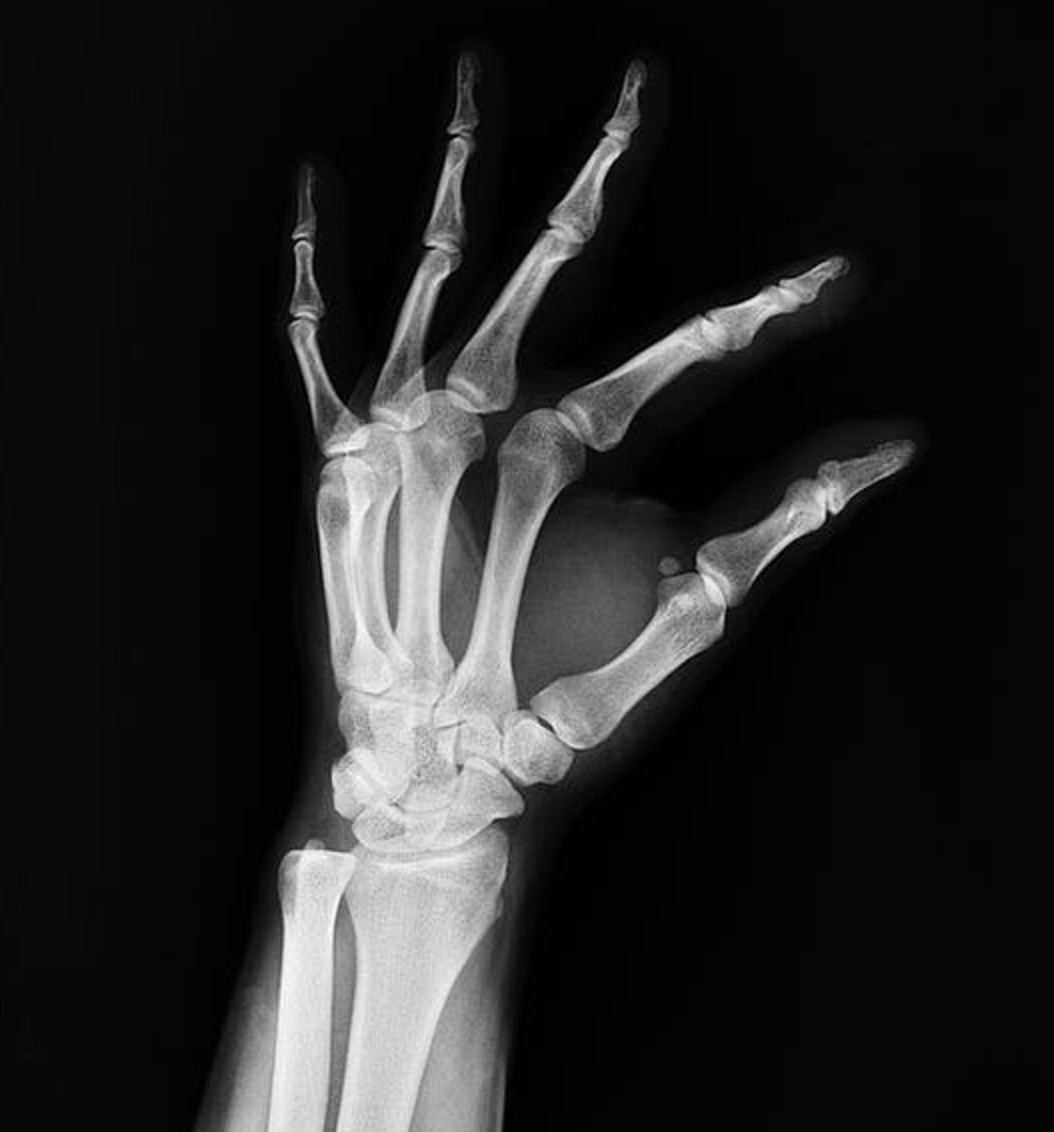Synthetic cell-growing bone could make bone marrow transplants a thing of the past

Researchers have developed a synthetic bone material which could one day replace painful and difficult bone marrow transplants.

Each year, roughly 20,000 people in the United States alone are left waiting for a bone marrow transplant which could help them recover from bouts of cancer or cure them of bone marrow diseases.
Thousands of procedures designed to extract compatible bone marrow from donors to patients are performed annually, but the procedure is difficult for both parties.
For some types of transplant, survival and success rates are little more than 60 percent, and the invasive procedure -- which requires stem cells harvested from a healthy donor's hip and sternum before being implanted into a patient after radiation and chemotherapy to kill off existing cells -- either way, takes a long time to recover from.
However, scientists from the University of California San Diego have created "biomimetic" bone tissue which could one day provide the much-needed bone marrow for those needing transplants, eradicating the need for waiting lists and the hunt for a donor -- as well as potentially making the procedure less extreme.
A team led by bioengineering professor Shyni Varghese at the UC San Diego Jacobs School of Engineering have developed an implant which can be filled with donor cells but gives these cells enough space to live and grow without fighting off existing cells, which the team says "eliminates the need to wipe out the host's pre-existing cells."
In other words, the radiation and chemotherapy aspects of the procedure may, one day, not be required.
"We've made an accessory bone that can separately accommodate donor cells," Varghese said. "This way, we can keep the host cells and bypass irradiation."
Published in the journal Proceedings of the National Academy of Sciences this week, the research describes how in tests with mice, the synthetic bone was filled with donor cells and implanted under their skin.
Over the course of at least six months, the bone was able to survive and supply the mice with fresh blood cells.
Featured
The implant itself is a structure made of a porous hydrogel matrix, containing calcium phosphate minerals, which mimics the structure of long bones in the body.
When implanted, the structures "matured" into bone tissues which have a working blood vessel network and bone marrow inside which supplies fresh blood cells.
After a month, the team found that the implanted marrow contained both host and donor blood cells, and this mix was also discovered in the bloodstream of mice after 24 weeks.
In another set of experiments, stem cells were extracted from the implanted marrow and transplanted into a second set of mice which had their marrow cells destroyed by radiation and drugs.
In this test, the team found that the transplanted cells diffused into the bloodstream of the animals.
"We did these experiments to show that the bone marrow cells from the engineered bone tissues function similar to native bone," Yu-Ru Shih, one of the engineers and first author of the research paper, said.
The findings of both experiments are significant as it indicates the implanted marrow is functional, donor cells can grow in the presence of host cells, and that that host and donor cells can travel between the marrow and blood without issue.
See also: How AI and next-generation genomic sequencing is helping cancer patients (TechRepublic)
Varghese said that at this stage, the implants would have to be limited to patients with non-malignant bone marrow diseases which do not contain cancerous cells that need to be eliminated through chemotherapy and radiation. However, any kind of improvement to the procedure which can reduce recovery times and improve survival rates in the future is worth exploring.
The research still has a long way to go before human trials could even be considered, but the fact that the synthetic material was able to survive and function in an organic being for any length of time is progress.